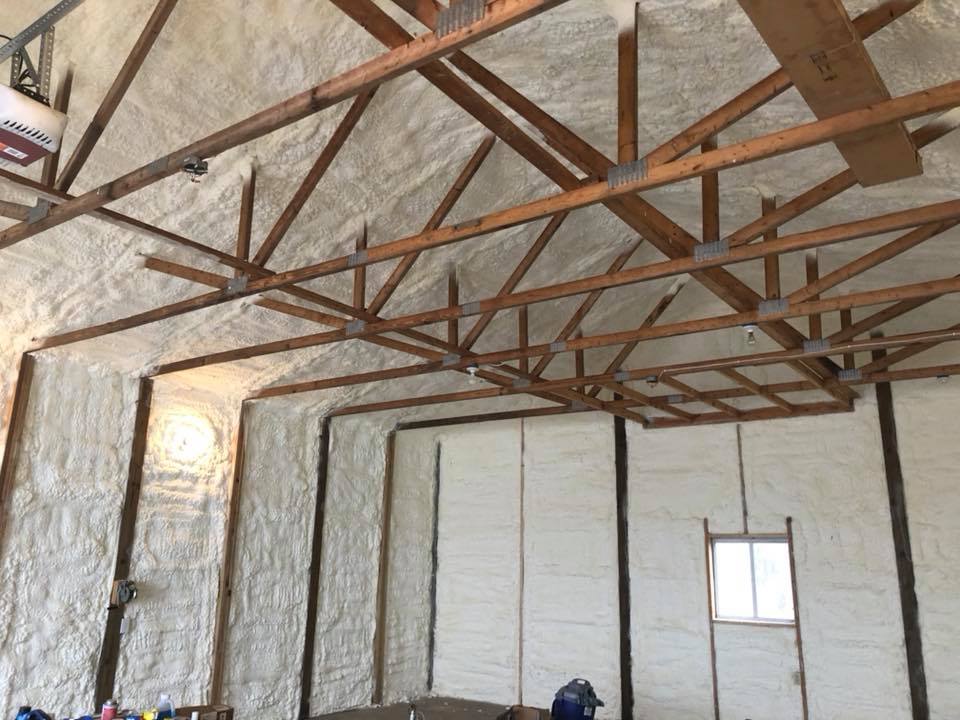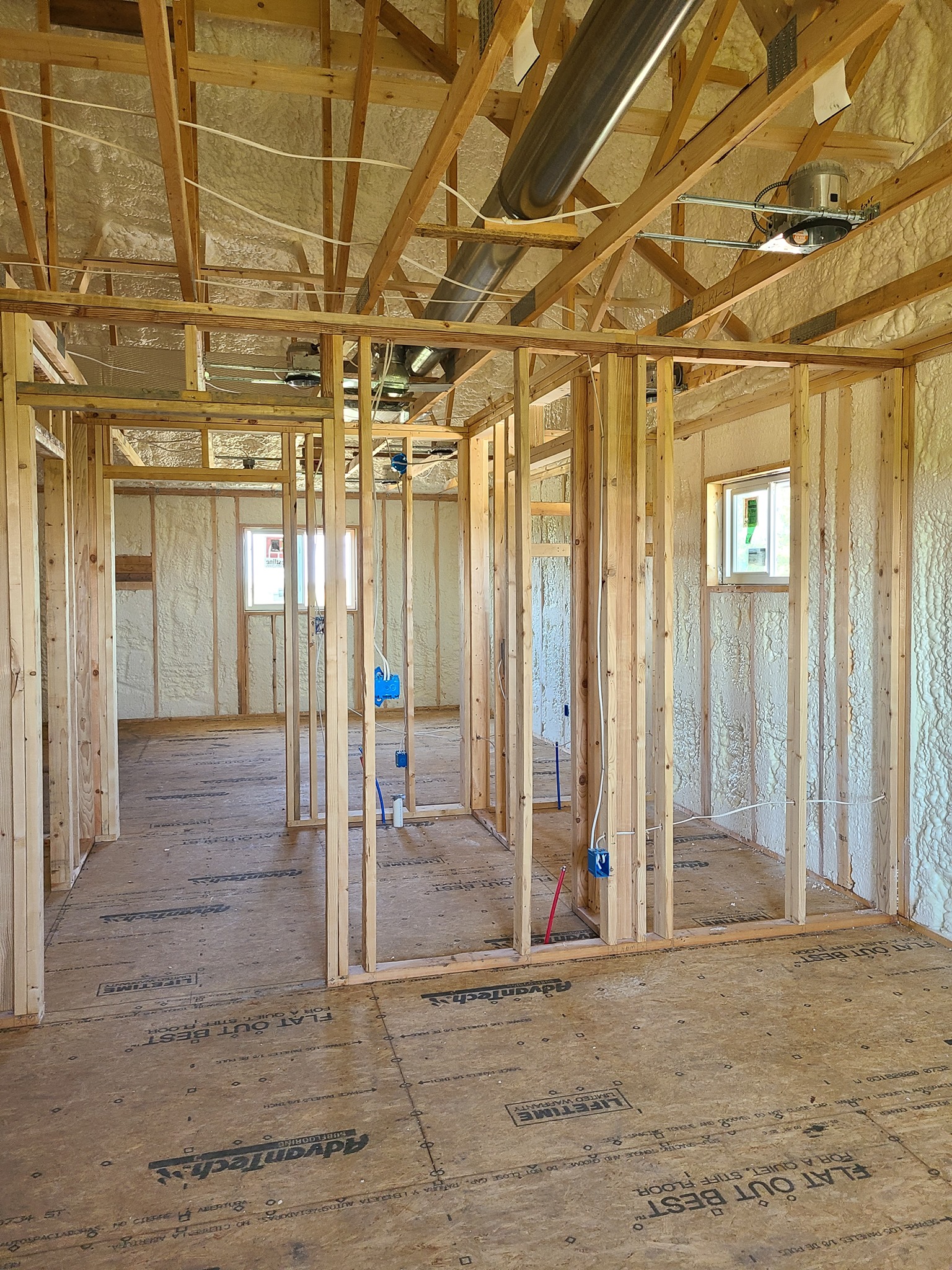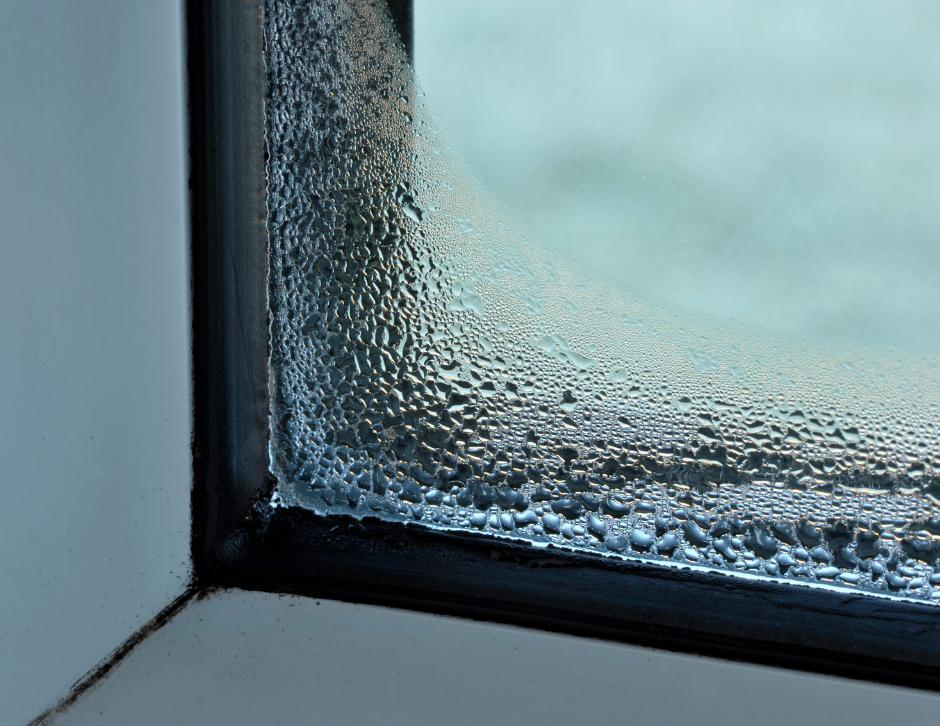by AdvancedSeal
Share
by AdvancedSeal
Share

Uneven Indoor Temperatures
If one room is freezing while another feels stuffy, your insulation is likely uneven or failing. Temperature swings mean heat is moving freely through walls, ceilings and floors. Homes in Indiana often show this pattern in rooms above garages or in long hallways far from the thermostat. A simple test is to stand in different areas of your home and note how quickly the temperature changes. Consistent comfort across rooms suggests good insulation; wide variation does not. Upgrading with spray foam insulation in Indiana can seal air leaks and restore balance so your HVAC no longer struggles to maintain a steady temperature.
Drafts and Cold Floors
Feeling air movement around outlets, baseboards or floors is another warning sign. Drafts happen when outside air slips through cracks around framing and sill plates that poor insulation can’t stop. You can find these by slowly moving your hand near suspect areas on a windy day or by lighting a stick of incense and watching the smoke trail shift. If it wavers, you’ve found an air leak. The longer you ignore these gaps, the more conditioned air escapes, and your furnace or air conditioner runs harder. Sealing those leaks before adding insulation is crucial to achieve lasting comfort.
High Energy Bills
If your utility bills climb even when HVAC usage habits stay the same, the cause may be heat loss. Insulation’s job is to resist the flow of heat; when it’s missing, compressed or wet, energy waste increases. Compare recent bills with the same months last year; an unexplained spike points to inefficiency. Properly installed foam insulation adds both R-value and an air barrier, stopping that waste at the source. Over time, the investment pays itself back through lower heating and cooling costs.
Cold Walls and Ceilings
Touch the interior side of an exterior wall or the ceiling below an attic. If it feels noticeably cooler than the room air in winter, that surface is transferring heat outdoors. Traditional fiberglass can’t block airflow around outlets or studs, so heat slips away. Closed-cell foam, applied directly to the sheathing, eliminates those voids by forming a rigid, seamless layer.
Learn more about sealing the top of the house on our page for attic insulation in Indiana.
Condensation on Windows
Moisture on glass or trim during cold months is another clue. It forms when warm, humid indoor air seeps through poorly sealed cavities and hits a cold surface. Over time, that condensation encourages mold growth and can damage window frames. Better insulation and controlled airflow keep humidity where it belongs: inside the conditioned space, not behind your drywall. The U.S. Department of Energy explains how air sealing improves comfort and prevents condensation; its Energy Saver guide outlines material choices and installation methods.
Musty or Dusty Smell
A stale smell, especially in attics or crawl spaces, can mean moisture and air from outdoors are mixing with indoor air. Once insulation becomes damp, it loses effectiveness and can harbor mold or pests. If you detect odors that persist after cleaning, inspect the insulation directly. Material that’s dark, compacted or spotted with mildew should be removed and replaced.
Advanced Seal Indiana diagnoses these problems with building-specific testing, then seals and reinsulates for permanent comfort. We serve Carmel, Rossville, Westfield and nearby communities. Book an evaluation through our contact page to confirm what your home needs.
STAY IN THE LOOP
Subscribe to our free newsletter.
Residential buildings—especially those with uneven temperatures, high utility bills or visible drafts—benefit […]
When Indiana homeowners start planning an insulation upgrade, one of […]
What “Fireproof” Really Means Many homeowners assume “fireproof” means a material that […]




